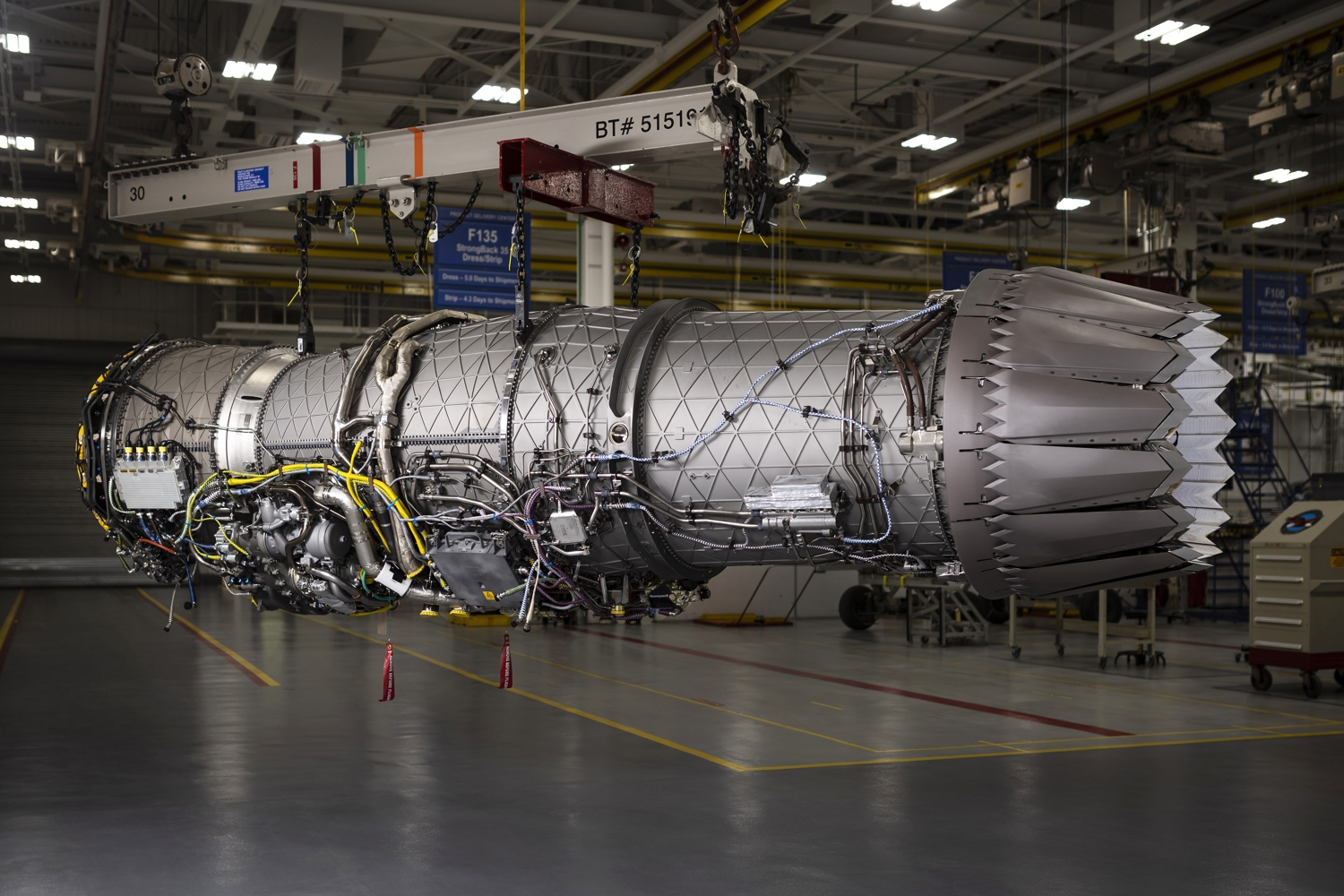China’s Task Group 107 conducts live-fire exercise off Australian coast
The Australian Defence Forces are monitoring China’s naval Task Group 107 which has deployed off the coast of the country and has conducted live-fire exercises. The task group re-entered Australia’s exclusive economic zone in the early hours of the 25th February, an Australian Department of Defence statement said.
At the time of writing, the People’s Liberation Army Navy (PLAN) Task Group 107 was operating 160 nautical miles off Hobart within Australia’s Economic Zone (200 nautical miles off the coast). The Task Group is comprised of the Hengyang, a Type 054A Jiangkai II Class Frigate; the Zunyi, a Type 055 Renhai Class Chinese Guided Missile Cruiser; and the Weishanhu, a Type 903 Fuchi Class replenishment vessel,
The statement included the message that “we encourage all states to maintain open communication to ensure their actions support regional security and stability”. This statement is likely in response to live-fire exercises which were carried out on the 21st and 22nd of February. The PLAN issued warnings that the exercises would be taking place, but with only a few hours’ notice, leaving insufficient time to redirect flights. As a result, 49 commercial flights were forced to reroute mid-flight, prompting criticism from both Australia’s Prime Minister, Anthony Albanese and the New Zealand Defence Minister, Judith Collins.
The PLAN deployment comes amidst a spate of seemingly heightened activity in the Indo-Pacific region. On the 25th February CNN reported that the Taiwanese coast guard had detained a cargo ship and its Chinese crew following the damaging of an undersea cable linking Taiwan and the Penghu Islands. The incident is being investigated to determine whether or not it was deliberate.
On the 11th of February a PLAAF J-16 released flares in front of an Australian P-8A Poseidon on a routine maritime surveillance mission in the South China Sea in an action the Australian Department of Defence considered to be an “unsafe and unprofessional interaction.” China responded that it was a legitimate action in response to the Australian aircraft’s intentional intrusion of Chinese airspace.
Calibre Comment

HMAS Arunta (bottom) with PLAN Fuchi-class replenishment vessel and Weishanhu Jiangkai-class frigate Hengyang from Task Group 107 in the Tasman Sea. Credit: Australian Defence Force.
Task Group 107 is the first to conduct these types of exercises this close to Australia’s coastline. Its activities are likely a forewarning of what is to come as China seeks a more assertive role in the Indo-Pacific region. The majority of that activity has occurred around Taiwan, which has seen an increase in Chinese incursions into its air defence identification zone from 1,700 in 2022 and 2023 to over 3,000 in 2024. At the end of 2024, Taiwan also reported the largest deployment of Chinese vessels in regional waters in 28 years. Taiwan’s defence ministry asserted that the 90 vessels operational between southern Japan and the South China Sea could be simulating a blockade of the island.
By Austin Haywood, published on 26th February 2025.

Sign Up for Updates!
Get insider news, tips, and updates. No spam, just the good stuff!





